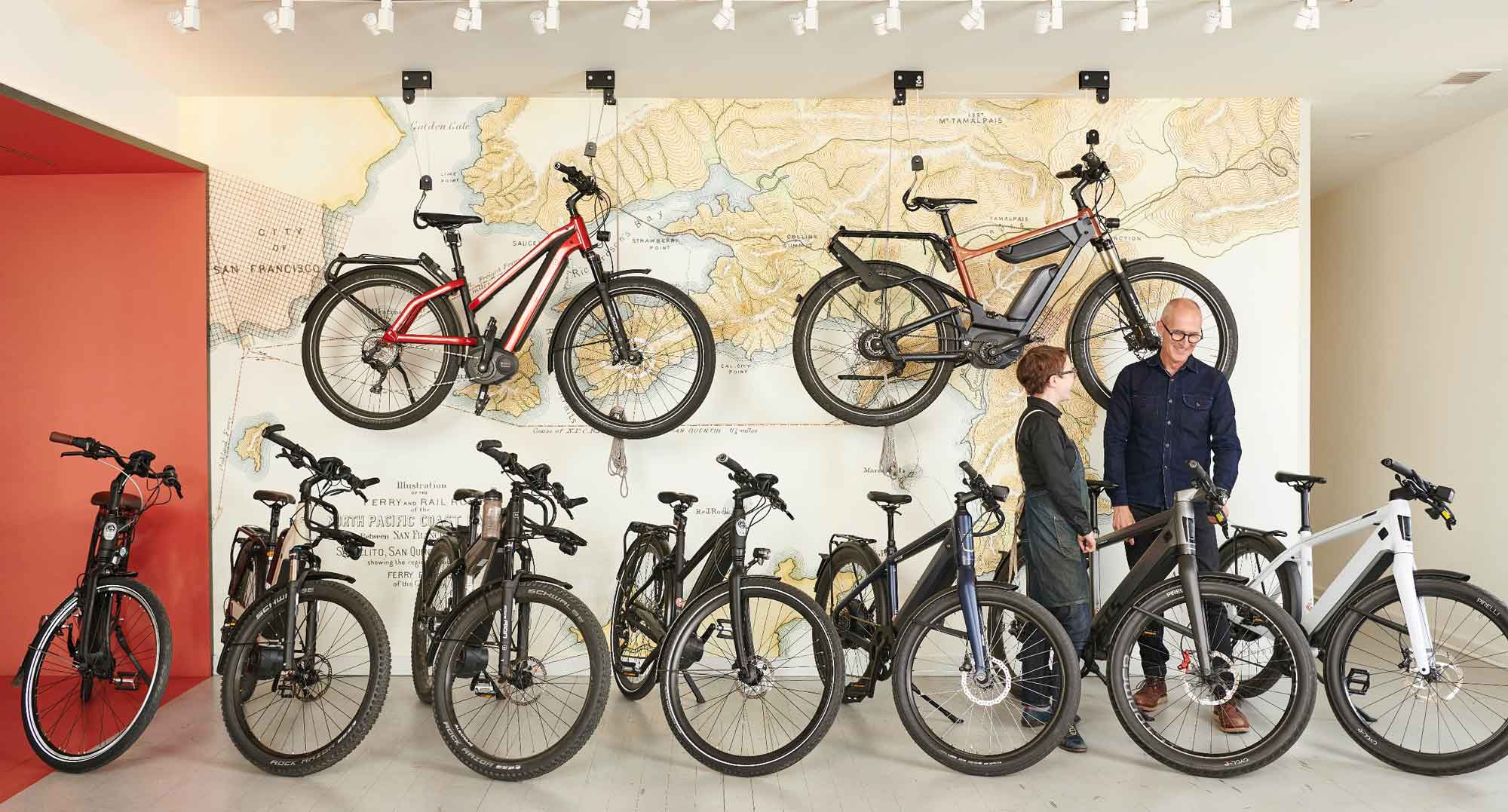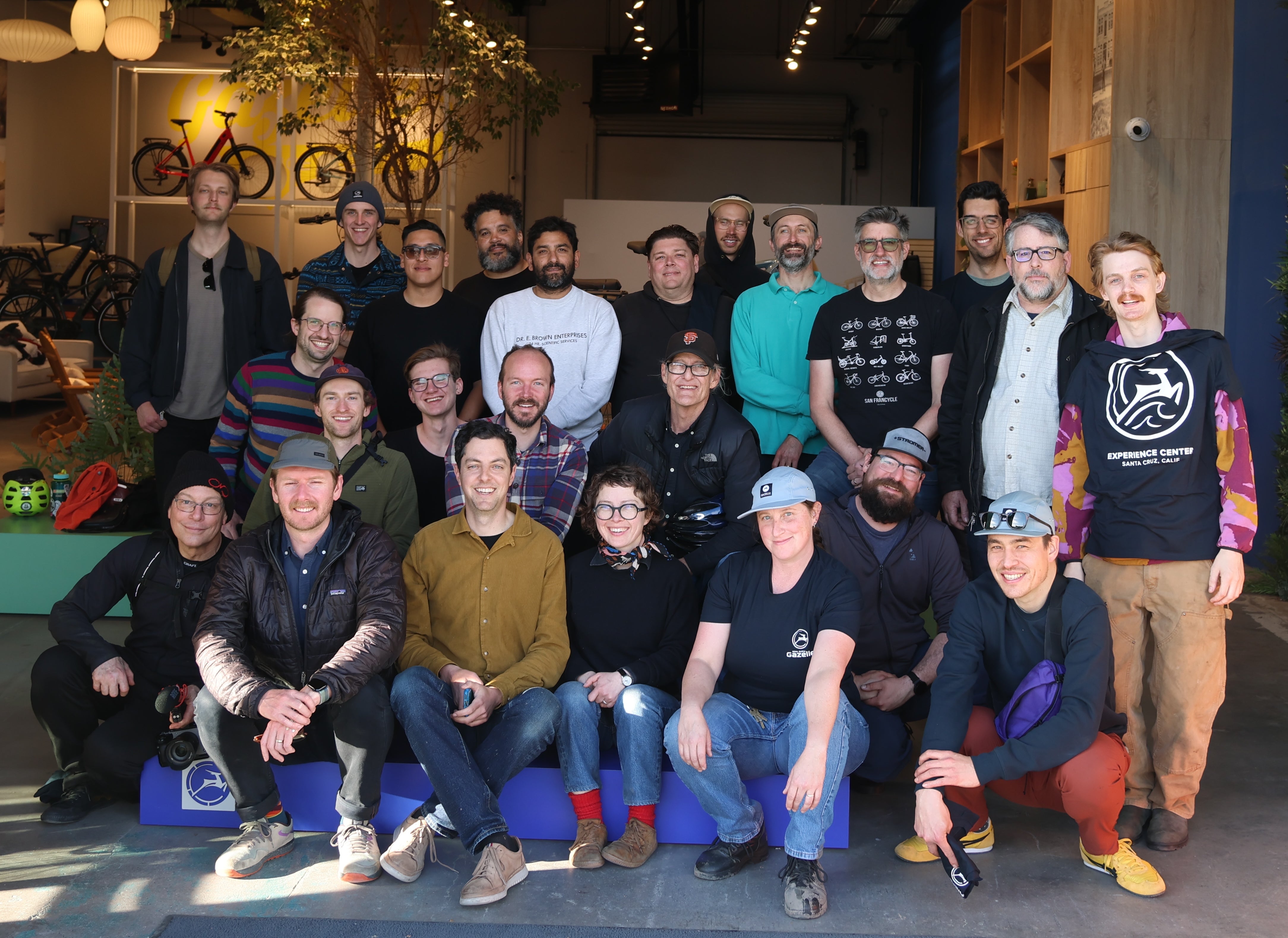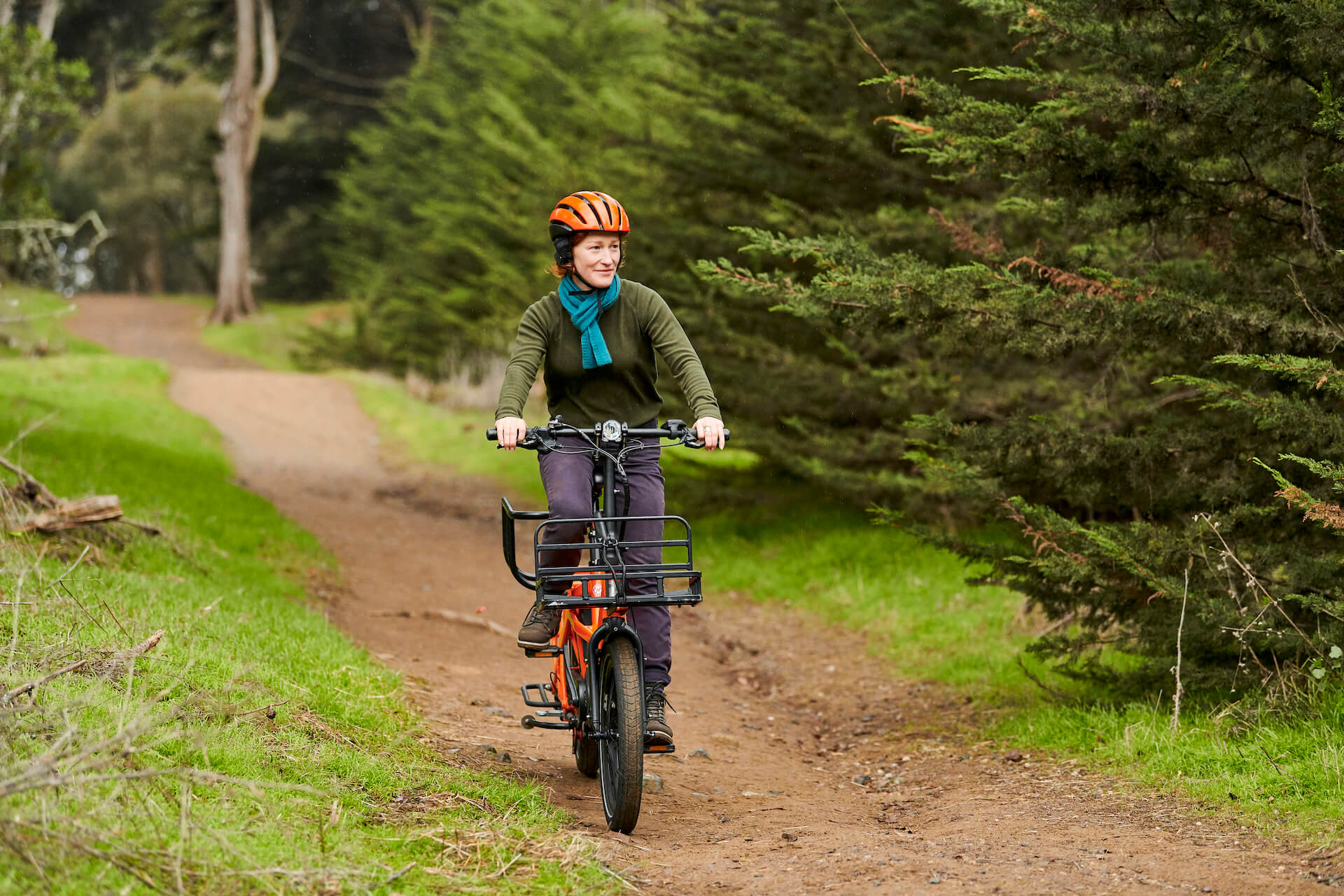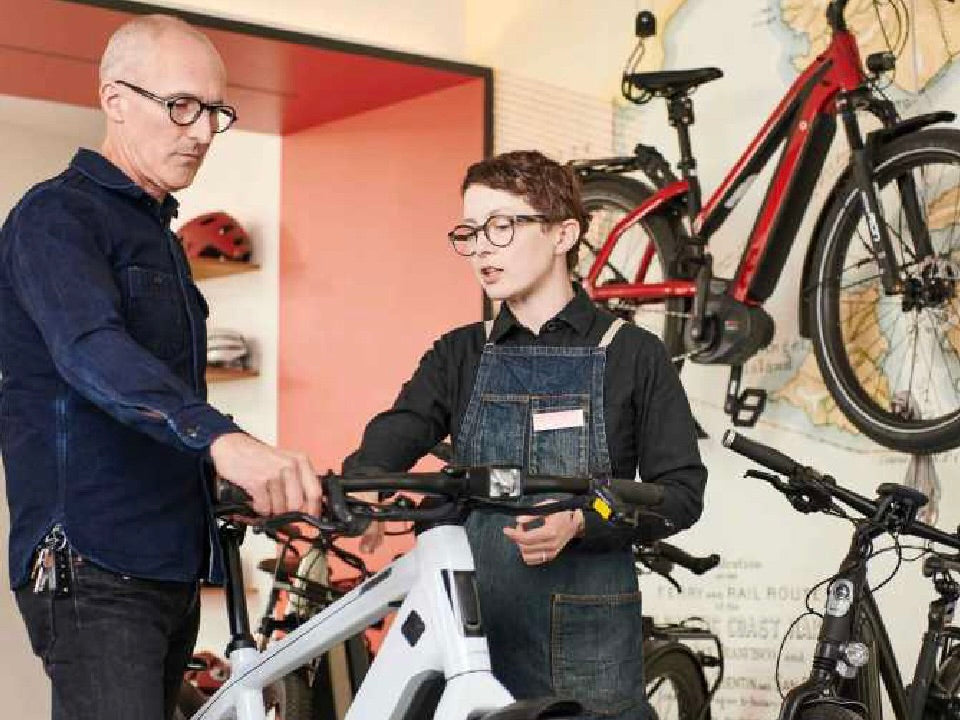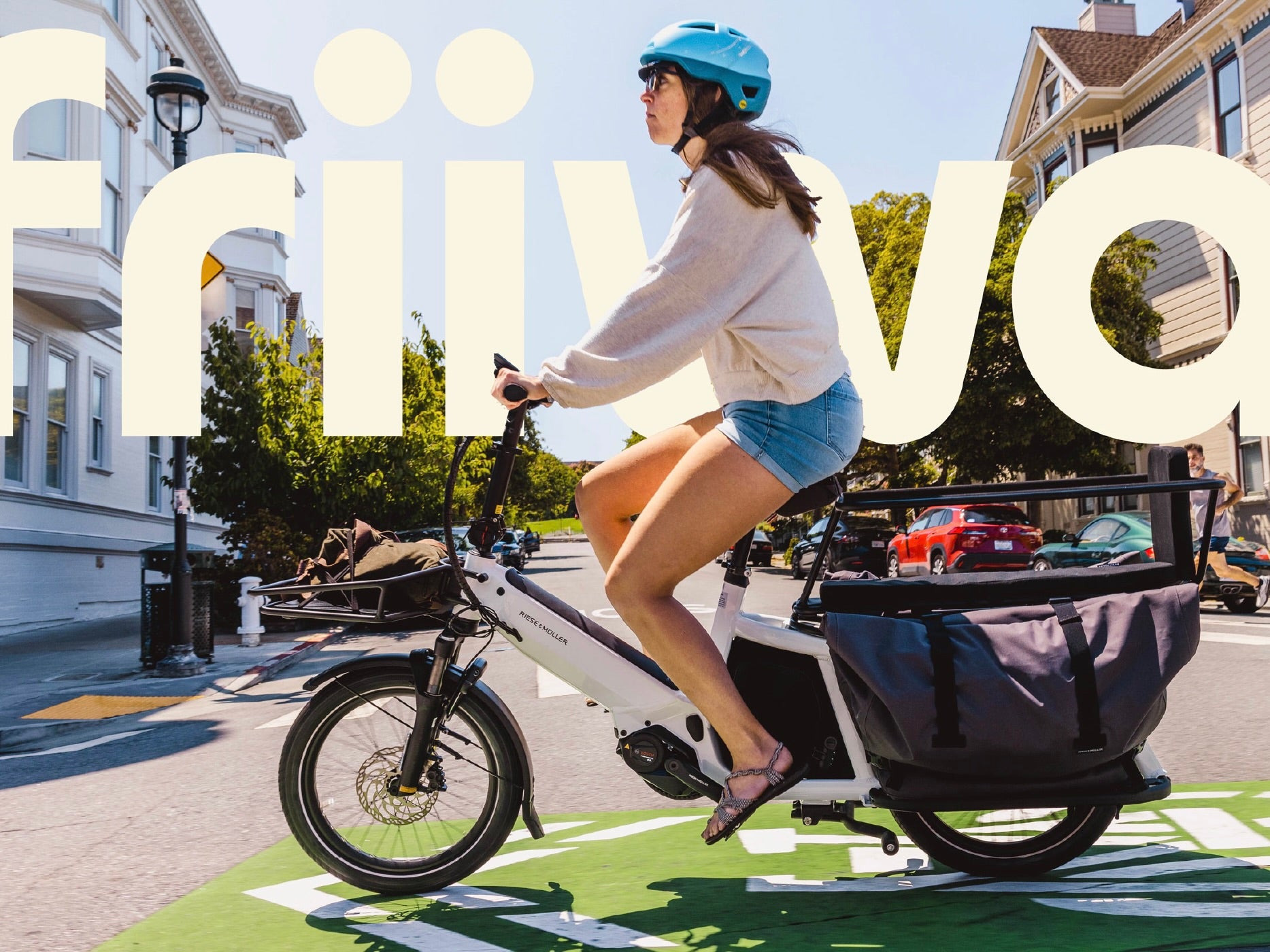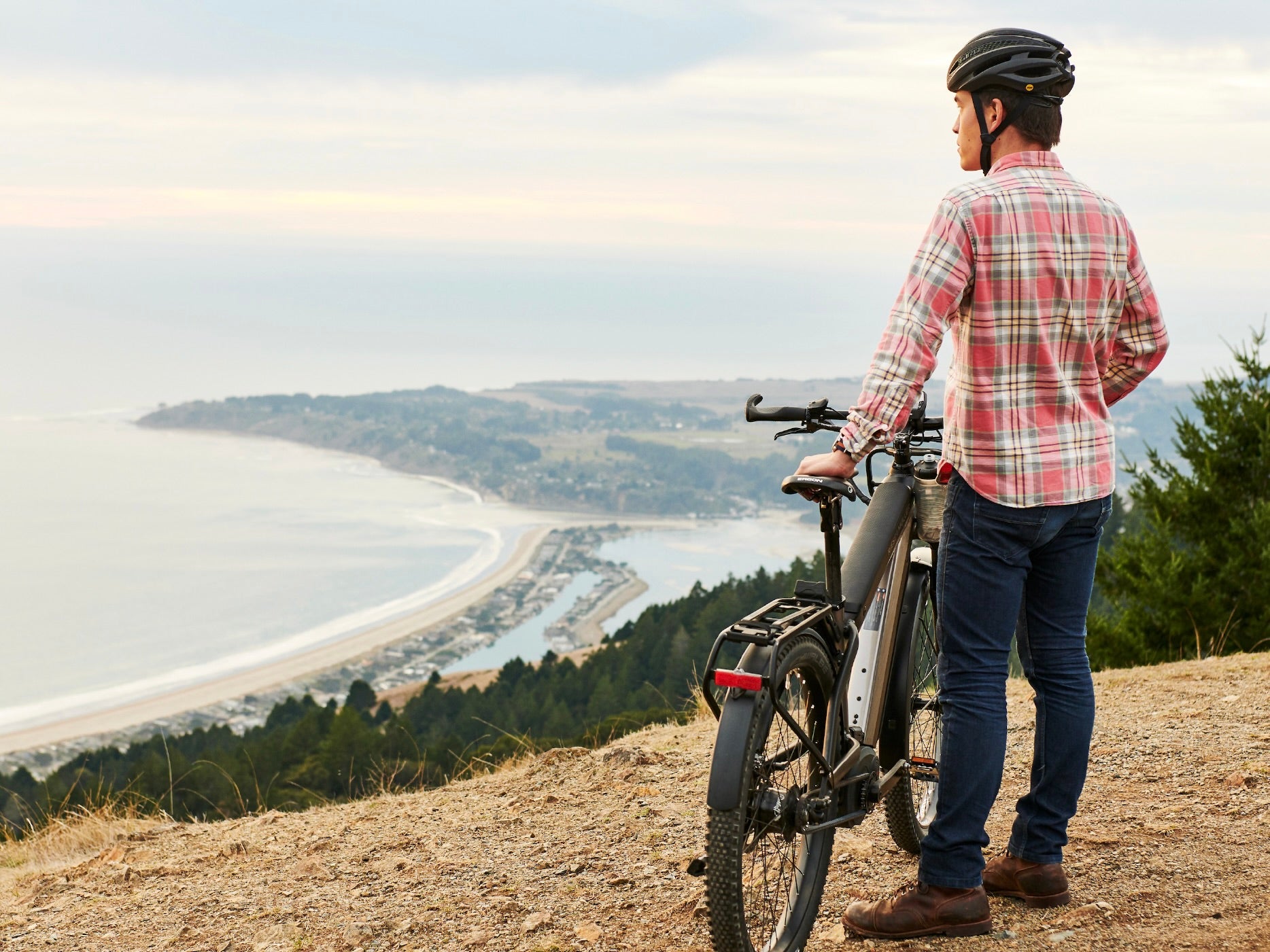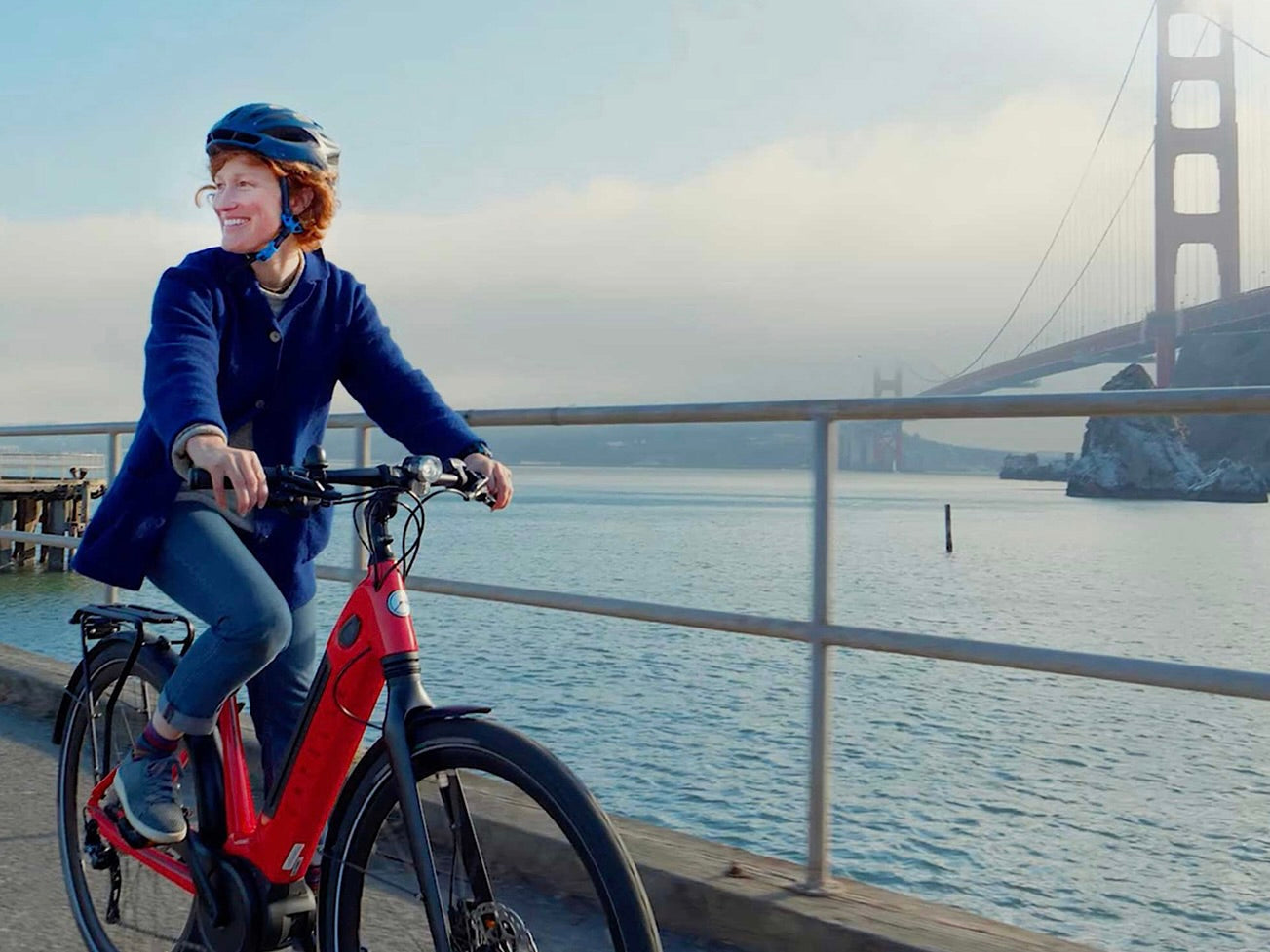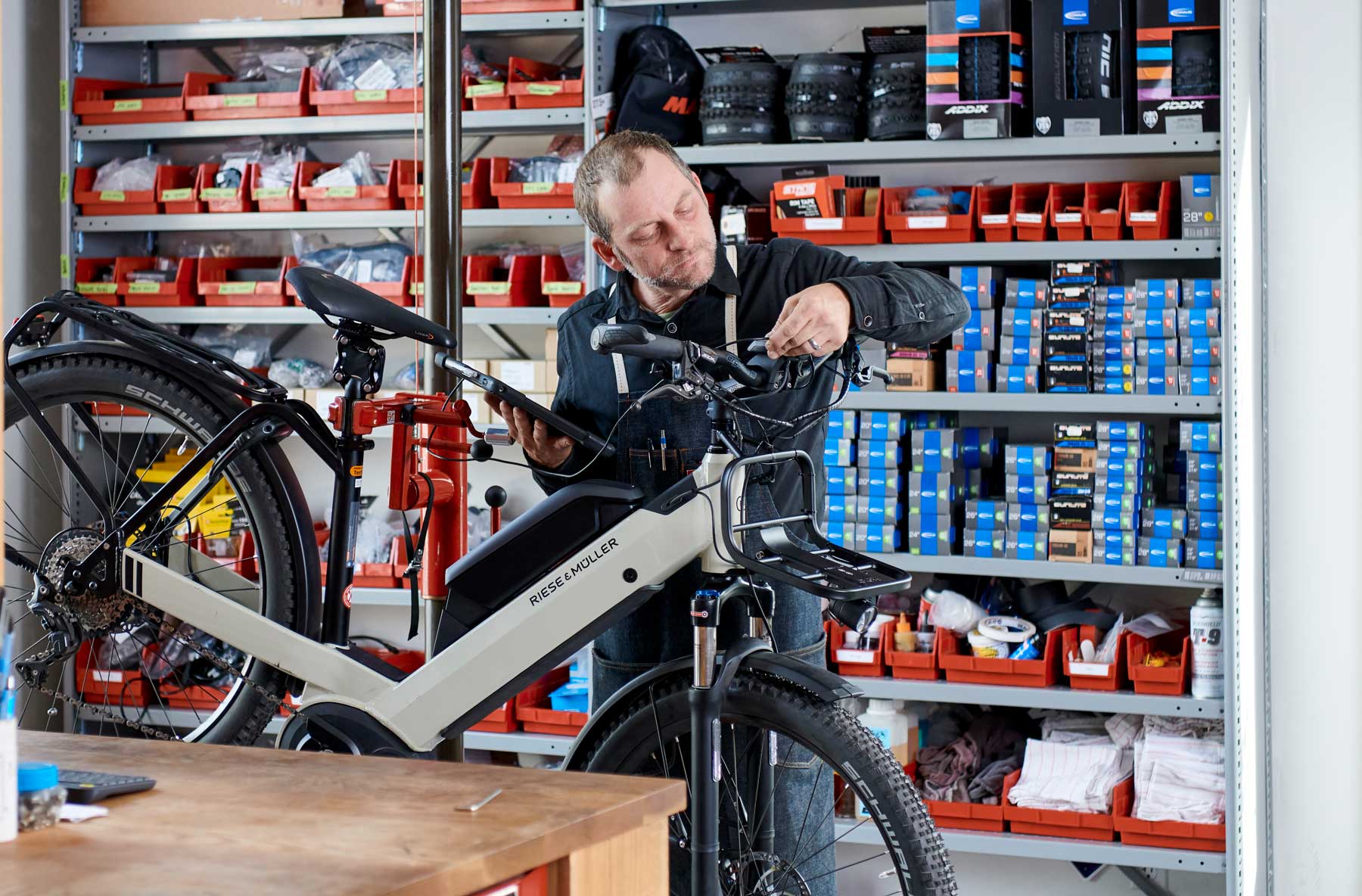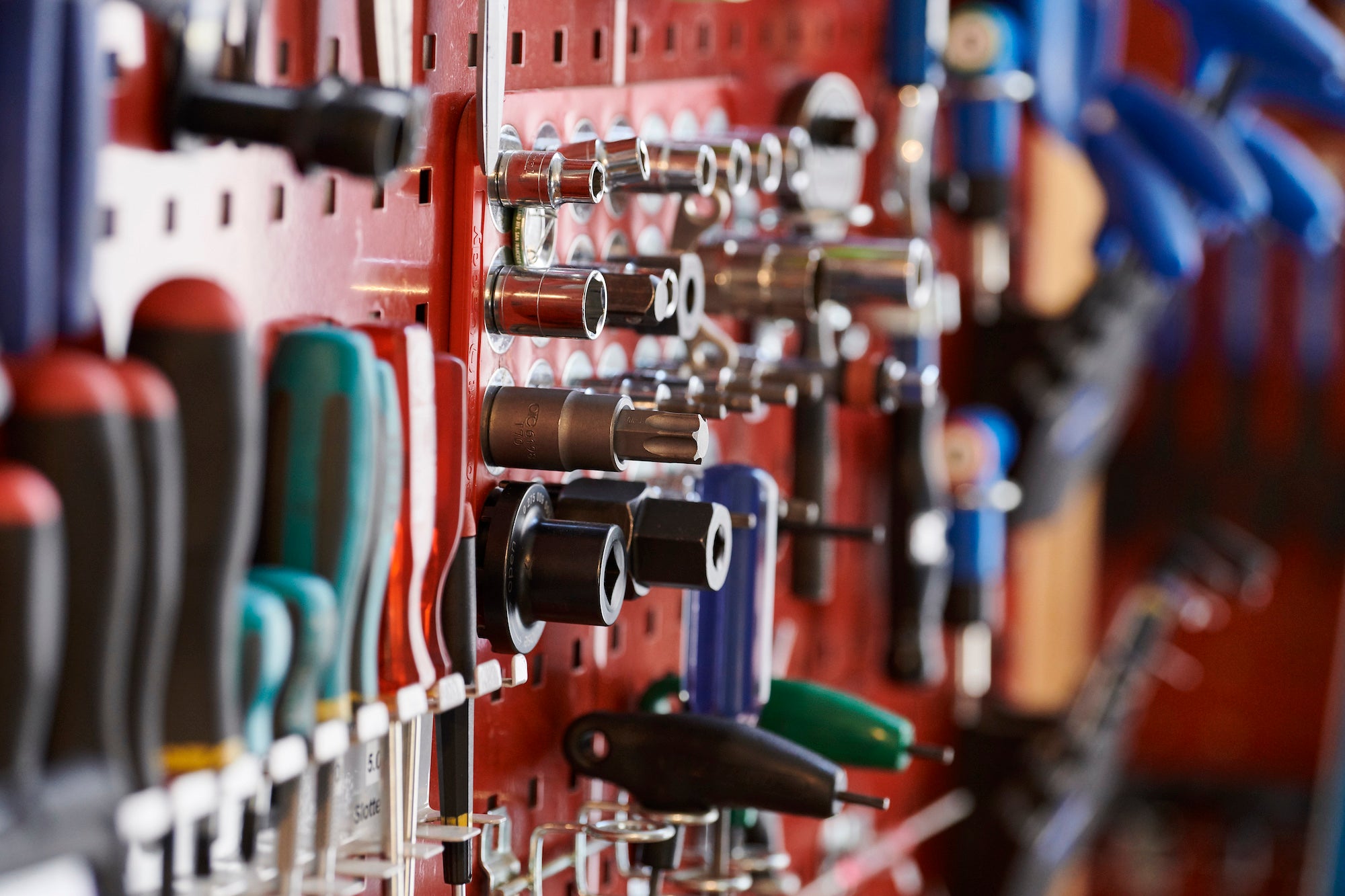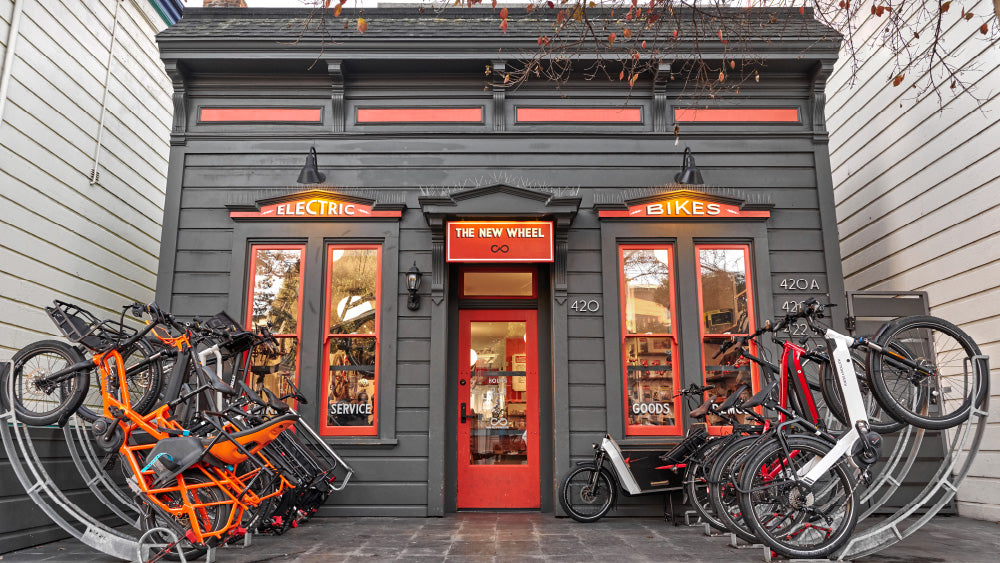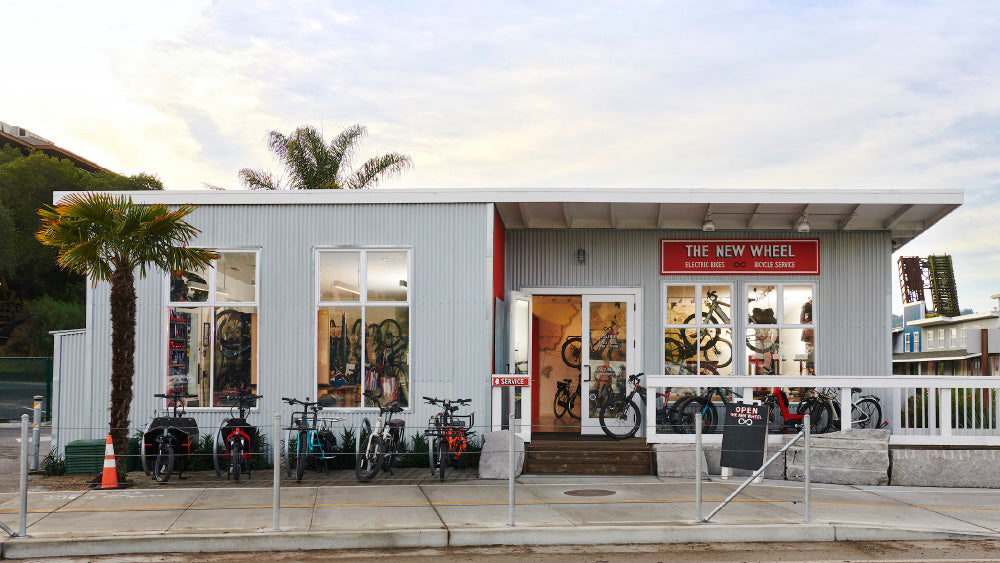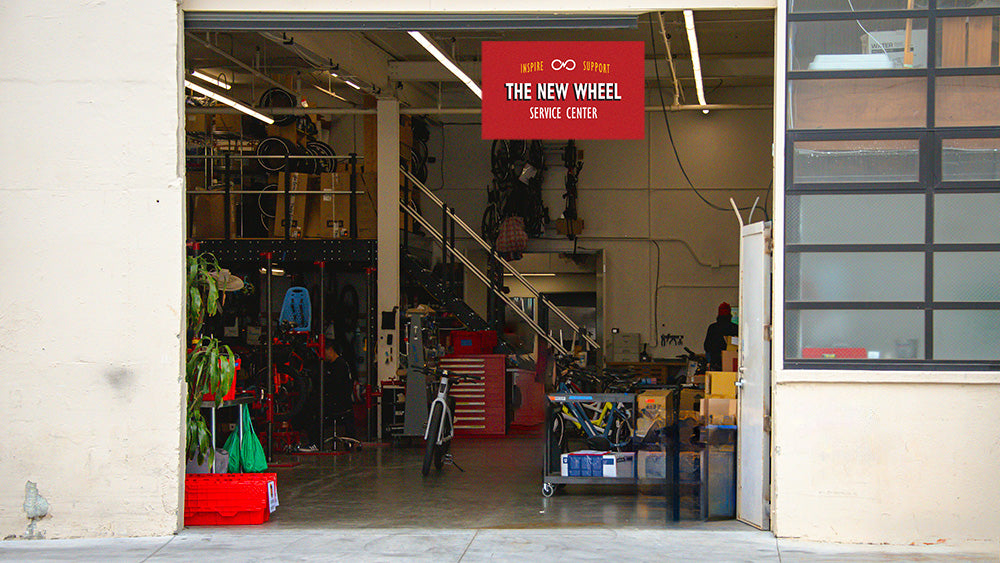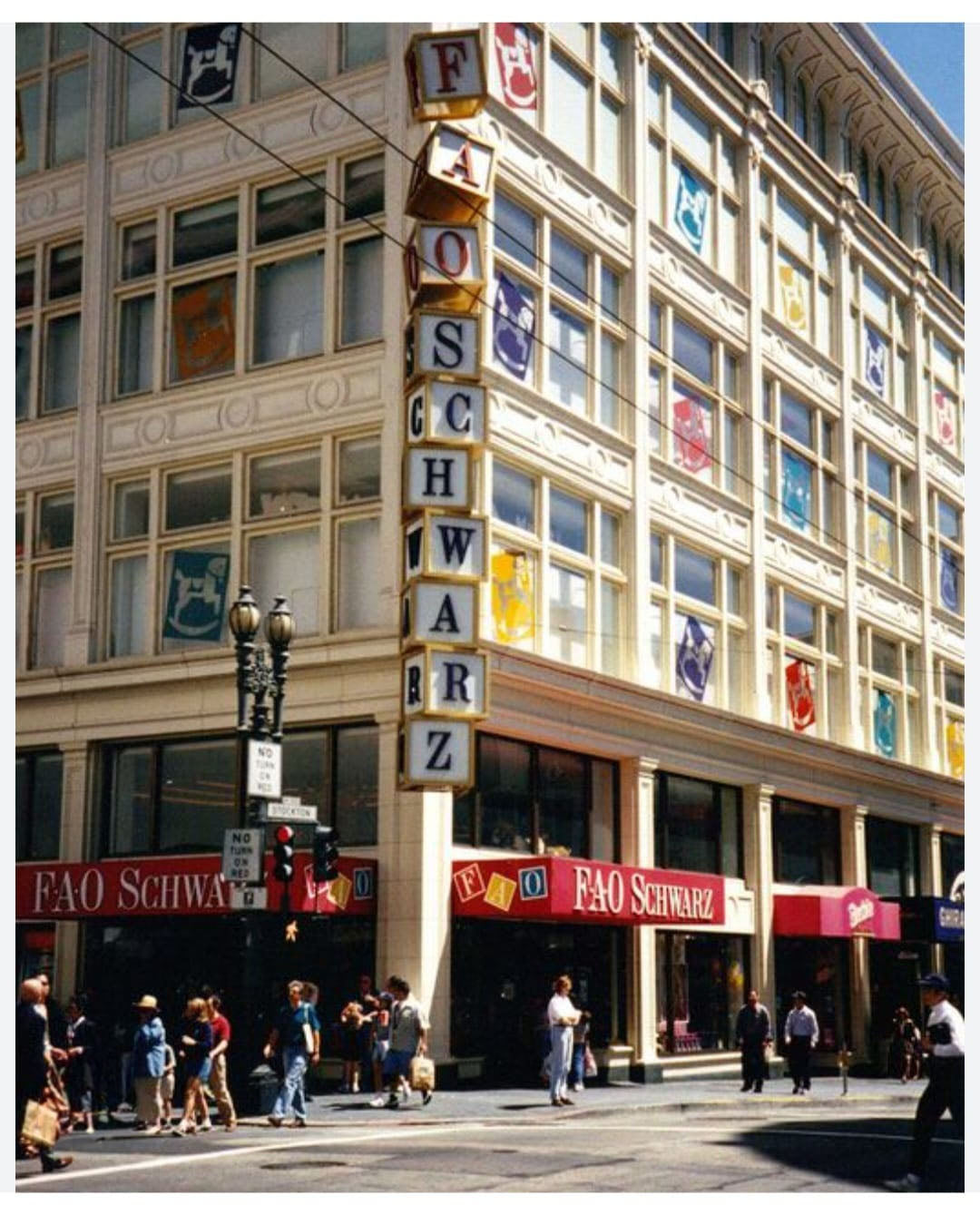Which candidate understands the promise and opportunity that bicycles bring to make San Francisco healthier, safer, more sustainable and more affordable? Who will champion cycling as Mayor of San Francisco?
We sent a questionnaire to each 2024 San Francisco mayoral candidate to help answer some of these questions. We hope it is helpful to you as you think about who you support in this important election.
Read Candidate Mark Farrell's answers to our questions below.
1. Do you ride a bicycle regularly in San Francisco? If yes, what do you love about cycling in the city?
I was lucky to be born and raised in San Francisco, and as a kid who grew up in the Marina I rode my bike through the Presidio whenever I got the chance. Now that I’m raising my three kids in Jordan Park with my wife, Liz, I’m thrilled to pass on that tradition on to the next generation. As far as my day to day commute, though, I typically get around by foot, car (especially to and from my kids’ schools or sports), or Muni.
2. Why do you think more San Franciscans don’t use a bicycle for transportation? What do you think are the biggest impediments and how would you tackle them?
Too many people don’t feel safe in San Francisco. That’s why public safety—including street safety—is my top priority, just as it was when I served on the Board of Supervisors and as Interim Mayor. As Supervisor, I implemented effective streetscape improvements including traffic-calming measures, stop signs, and bike lanes to Bay, Euclid, Lombard, and across my district by proactively working with neighborhood stakeholders, rather than hastily reacting to headline-grabbing tragedies like Mayor Breed has done. As Mayor, I’ll take bold, aggressive action to ensure that everyone using our streets and sidewalks is safe, including by installing bollards on sidewalks around major intersections, adding speed cameras to high-traffic areas, and giving SFPD additional tools and staffing to enforce speed limits and deter dangerous driving. And I’ll continue to support new bike lanes in areas where the neighborhood demand and physical landscape make installation feasible.
3. Do you feel safe riding a bicycle in San Francisco? Why or why not?
In general, yes, but I recognize that many neighborhoods across San Francisco don’t have adequate traffic-calming measures and it can be much harder for those who ride at peak commute hours. When we continue to see about 30 people killed on our streets each year, it’s clear the status quo isn’t working.
4. Do you think it is important that everyone of every age (8 years old to 80 years old) feels safe riding in San Francisco? Do you think it is possible? As Mayor, how would you make sure everyone feels safe riding in San Francisco?
Of course. Everyone should feel safe in San Francisco, period, regardless of how they choose to get around. As described above, I believe there are some common-sense measures we can take—quickly and in a consensus-driven manner—to improve safety in high-traffic areas all over San Francisco. More details about my plan to make sure everyone feels safe using our streets is available on my website at www.markfarrell.com/roadsafety.
5. One of the issues we see stopping more people cycling is secure bicycle parking in residences, shopping districts, parking garages, and offices. What will you do to ensure everyone has easy access to secure bicycle parking?
I’m all for expanding access to secure bicycle parking, especially as a means of bringing folks back to the office to revive Downtown and solve our commercial vacancy crisis, and as we’ve seen home builders make great strides in increasing bicycle parking in new buildings. Both the private sector and City Hall have a role to play here, and as Mayor I’ll bring together builders, employers, and City agencies to ensure comprehensive access to secure bicycle parking across San Francisco, whether riders are at home or at work.
6. This summer, we were in Copenhagen, a similarly sized city to SF, and experienced world-class transit, pedestrian, and cycling infrastructure—including wide protected bicycle lanes on nearly every street. Do you believe SF should be like Copenhagen (or Paris, which has increased cycling by over 80% in five years), and what will you do as Mayor to get us there?
I want our streets to be safe for everyone—and, yes, that means looking to places like Paris, Barcelona, and Rotterdam for inspiration. To get there, I believe we need to see close collaboration between City agencies and the communities affected by our streetscape changes, including neighbors, merchants, and cyclists, which the SFMTA has clearly failed to achieve under Mayor Breed’s direction. While I’m proud of my record supporting bike safety infrastructure during my time in office, in recent years many proposed redesigns have been advanced in a rushed, haphazard, and overly prescriptive manner, undermining trust in City Hall and making lasting change less likely. My approach will bring people together to achieve safety for all road users.
7. Do you believe the removal of parking spaces is a tradeoff required to dramatically improve pedestrian and cyclist safety and speed transit? Why or why not?
While these kinds of changes can be appropriate in the right circumstances, safe streets can’t be a zero-sum game where we have either no cars and no parking or no bicycles and no pedestrians. But during Mayor Breed’s six years in office, the SFMTA has come across as more wedded to ideas and ideologies than making real progress in terms of street safety. Just look at what’s happened to Market Street. As Supervisor, I co-sponsored the original Better Market Street plan, which intended to breathe new life into Downtown by making Market Street safer for pedestrians, bicyclists, transit riders, and drivers. But after spending millions of dollars and countless staff hours, Mayor Breed gutted the project without explanation—while still shutting down Market Street to private vehicles—resulting in a situation that has simultaneously failed to stop collisions and caused nightmarish traffic on arterial streets. Many families and merchants depend on on-street parking, and as Mayor I’ll want to ensure that any proposed reduction in spaces actually achieves a safer San Francisco.
8. Do you believe it is important that neighborhood interest groups be consulted for each bike infrastructure improvement that impacts the neighborhood, or do you think that cycling networks should be built based on a citywide plan insulated from local opposition?
Over the course of my career in public service, I’ve learned that the best way to make real progress is to work with communities, not do things to communities. We can see that, for example, in the SFMTA’s quickly proposed and aborted plans for bike lanes across Chinatown, which Mayor Breed ended up scrapping—after announcing publicly—because she didn’t work with impacted community members in advance. Or in the similarly announced-and-rolled-back plans for a West Portal overhaul this summer. Or in countless other splashy ideas that never came to fruition because of the current administration’s across-the-board failure to engage a wide range of stakeholders before blasting out press releases. As Supervisor, I was able to make lasting streetscape safety improvements, among other policy wins, by working with everyone who came to me with ideas about how to make San Francisco a safer place to live and raise a family, because that’s what real leadership looks like.
9. Paint us a picture of what you believe our streets should look like in 10 years: Do you think San Francisco streets should look relatively similar to how they do today, somewhat different, or very different?
My goal as Mayor will be to balance safety and convenience for all road users while finally making real progress on eliminating traffic fatalities. We’re not going to get everyone out of their cars in 10 short years. But we can—and must—recognize that some of our streets just aren’t working for anyone and should look different. We can totally reimagine now-deserted places like Embarcadero Plaza and Union Square in ways that are more pedestrian- and cyclist-friendly. We can make Downtown a vibrant neighborhood for everyone, whether you work, live, or play there. We can invest in transit operations to make Muni safe, clean, and reliable for all, including commuters, seniors, and public school students. And we can continue to expand our bike lane network and traffic-calming measures, like those I implemented as Supervisor, without the acrimony and finger-pointing that we’ve seen in recent years.
